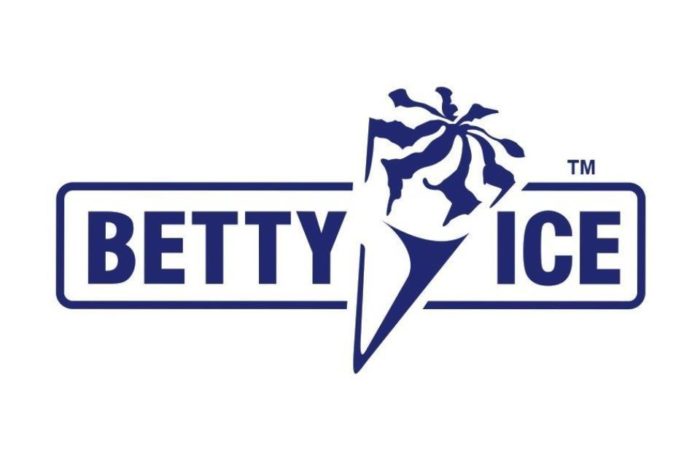True brands behave like true leaders

Throughout my professional career, I have built several strong brands in Romania; some of them are still leaders in their segments, others have remained in the top of customer preferences, such as Poiana, Savana, Tomi, Wiesana, Ardealul, Bunica or MOL – to mention just a few of them.
In over 40 years of my career, I have learned that a true leader requires vision, be an excellent strategist, innovation spirit, common sense. It also means to keep your promise, to be honest, to consider people’s needs, to connect with them emotionally and respect them, to be empathetic and flexible, to always look for the balance between “hard” and “soft”.
All these principles are perfectly valid also for brands, especially for the market leader brands, in any given field. If you fail in building an emotional connection between your brand and your consumers, if you run an arrogant communication, from a dominant and aggressive position – just because you are a market leader – if you impose solutions to consumers instead of delivering memorable product experiences, sooner or later, their reverence and attachment to your brand will decline.
The same is valid for the relationship with your suppliers and market partners as well. Leadership is not about “strong muscles”, leadership is a MODEL of building absolute success through fair relationships, innovation and common sense, regardless of the target groups! In order to be the best, you don’t have to be the strongest.
How leadership principles apply in branding and in the relationship with consumers?
VISION: LONG-TERM THINKING
Regardless of the organizational level at which he acts, the leader naturally tends to the highest rank of exercising the authority in the specific business field. And this results in the status of strategist and transformer, able of generating transformations by creating a new, enticing, long-term vision, as well as building the commitment to that vision and its transformation into reality. Then apply all these to and transfer the vision through mission and values to consumers.
Therefore, the leading companies and brands on the market should always:
– create innovative, value-added products and project these values on a long-term basis
– invest and build for the future: they do not bring products to the market in a reactive way, but strategically designed, for the real benefit of consumers
– avoid mass segments, cheap and of doubtful quality
– are “trend setters” in their fields: “We are the best, not the strongest”
– never stray from “Vision and Values”, do not lose the true meaning for the sake of maintaining the leading position at any costs – this is the biggest challenge when you are a market leader.
NON-COMPETITIVE THINKING: I HAVE MY OWN UNIQUE WAY
In leadership, the principle debate vs conflict works the best. This is how creativity is stimulated, this is how brilliant ideas are born. Collaboration versus competition pays off faster and builds unwavering relationships.
It is the same in marketing and market leadership; if you kill the other to reach to the top, you may fall victim to the boomerang effect. So:
– don’t build strategies against others but build your own strategy; make your own way; don’t engage in market combat and don’t copy anyone.
– position yourself correctly on the perceptual mapping of brands, look for segments that have not been yet claimed by any competitor in the market
– avoid the crowded areas on the map and excel in innovation, avoiding the price battle
– do not try to dominate the whole market, be present rather on the RIGHT shelves and NOT on ALL SHELVES; the results will be quantifiable but with infinitely lower operational and financial effort.
– do not denigrate your competitors in order to gain competitive advantage: differentiate yourself and offer memorable, unique experiences and not just affordable products
– communicate benefits, instead of using comparative and combative techniques: Play fair in relation to the market and consumers; also applicable in the relationship with your business partners;
EMOTIONAL CONNECTION AND EMPATHY
“How to be more empathetic” is the pursuit of many leaders but it is also the concern of companies that train their managers in their becoming as leaders. Therefore, the emotional connection and non-formal relationship between leaders and subordinates are essential to achieving the needed results.
In relation to the market and consumers, the principles are the same:
– an arrogant brand attracts arrogant people and limits you in the market
– if you fail in building a relationship, an emotional connection between your brand and consumers, you will never be a leading brand
– emotion: the brand must stir emotion and feelings and communicate “with the hearts” of consumers.
– direct engage of the consumers in the process: to make them feel part of the story and brand values, all along the marketing efforts to build the brand awareness
LISTENING: THE INNER VOICE GIVES THE DIRECTION
In leadership, the active listening works wonders, because a good listener is more attentive to the individual and collective needs within the organization, motivate people, who thus become more relaxed, more creative, which leads to the satisfaction of their work. Listening to the inner voice of the organization is the safest tool for development.
Likewise, listening to the inner voice of consumers is the secret to the successful positioning of strong brands in the market. That is why:
– recurring qualitative market research is essential
– don’t limit yourself to a quantitative approach, with closed questions (yes or no, tick-wise questions); they are not relevant
– if you want to differentiate yourself, look for “insights” based on open questions, which derive from the inner motivations of the target groups and bring to the surface the universe of real needs
– feedback is also a necessary tool (even if you own market leadership) in the relationship with suppliers and business partners: there is no perfection and even as a leader, you never own the absolute truth
DON’T LIE AND ALWAYS KEEP YOUR PROMISES
The essence of leadership is trust. Confidence is not gained through confinement and absolute control, but quite the opposite, through openness and relaxation of control. The leader must only tell the truth and take on the possible mistakes.
On the market and in the relationship with consumers, trust is a hard thing to gain, but it can be lost in a second. Therefore:
– the brand must be consistent and loyal to the values expressed by its positioning and show respect to its consumers (especially if it is a market leader)
– don’t communicate in a falsely or comparatively manner: the consumers penalize this attitude; consumers are attentive, well informed and they never forget!
– avoid being manipulative: it is enough to “confuse” once to lose people’s trust and to be considered untrustworthy
– companies and market leading brands must keep their promises and act as role models through good practices, innovative products, positive and memorable experiences in the relationship with the market and consumers
– the market leader should apologize when he is wrong, because making mistakes is human, to a certain extent, unavoidable: silence or an arrogant attitude build distance and insurmountable barriers that have a negative impact on numbers and market share.
IN CONCLUSION
True leaders breed new leaders: people, companies, brands. The true leader is validated not only within the organization and its profits, but also in how it transfers the company’s vision into the market: through brands and products, reputation and trust.
Therefore, the organizational and market leadership go hand in hand, guided by the same principles. Both reflect a vision and certain values, behaviors that accept or reject them in the market.
However, by analyzing the behavior of a company or brands on the market, one can presume what kind of leader you are. When you are a leader, either within an organization or a market leading brand, you are the supreme example – or not! – for those who will follow your approach. That is why you must always be a role model in your domain.














